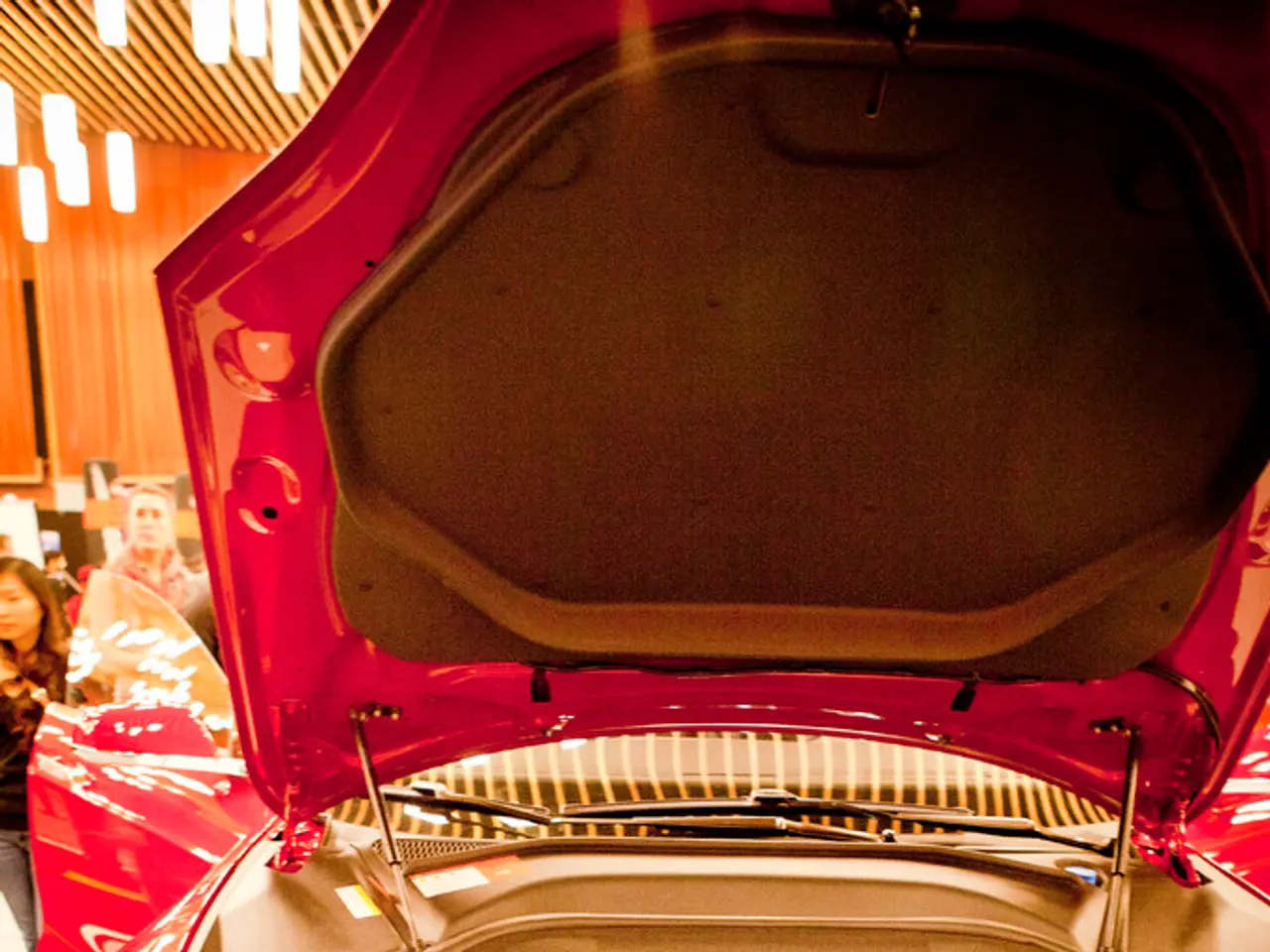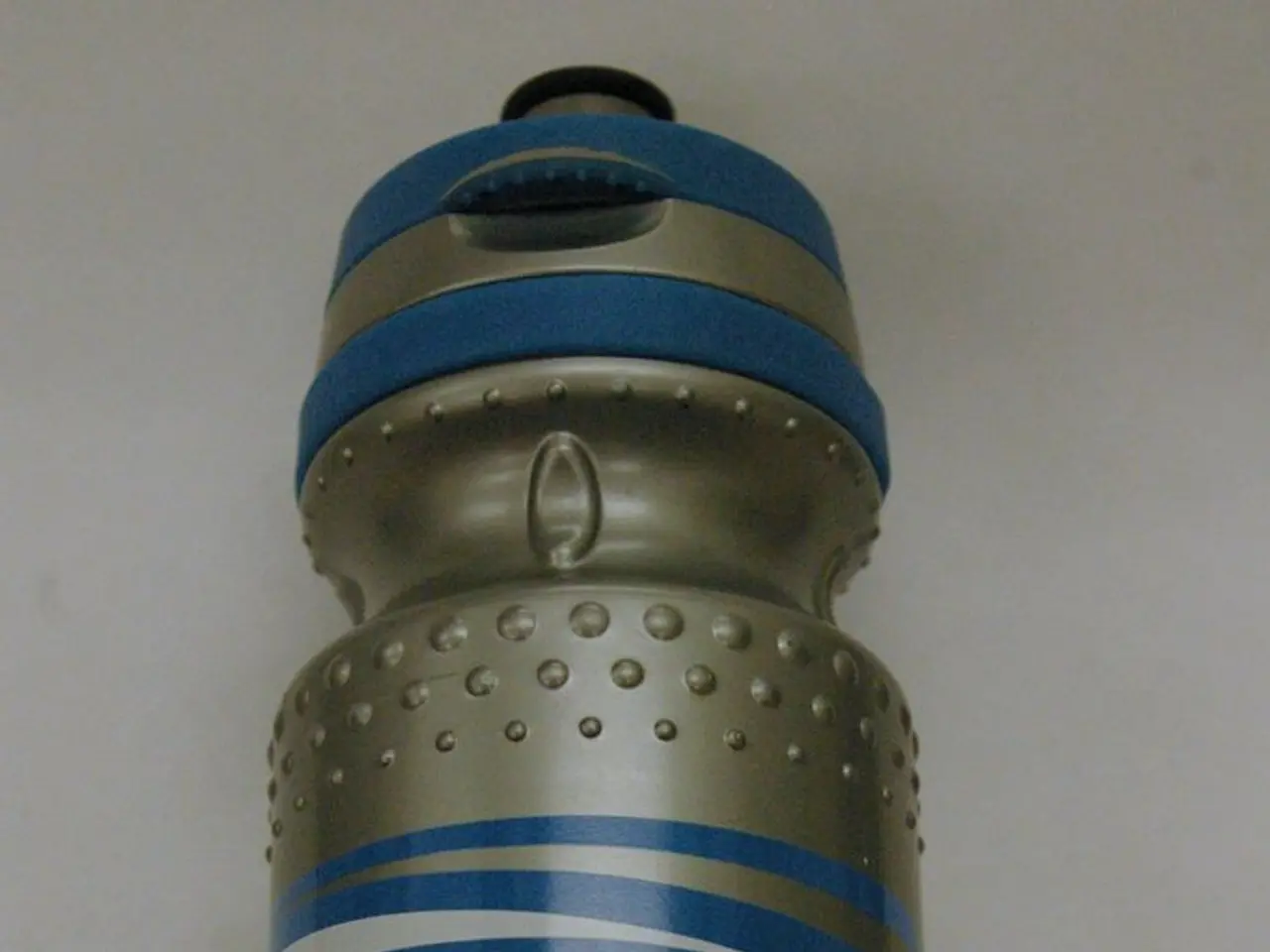Exploring Drone Mapping: Comprehensive Guide Introduction [2025 Update]
In the rapidly evolving world of technology, drone mapping has emerged as a game-changer, offering numerous benefits across various sectors. This innovative technology, which involves the use of drones to capture aerial imagery and geospatial data, is transforming industries such as agriculture, construction, environmental monitoring, and more.
The process of drone mapping is simple yet powerful. A drone flies a pre-planned path, capturing overlapping images of the terrain using an onboard camera or sensor. These images are then uploaded into drone mapping software, which uses photogrammetry or LiDAR processing to reconstruct the area in 2D or 3D. The final phase is delivering clear, useful results tailored to the client's needs, and providing the deliverables via cloud platforms, web portals, or physical media.
When it comes to software, Pix4D, DroneDeploy, and DJI Terra are some of the best options for 2025. Pix4D is an industry-standard for precision photogrammetry and 3D mapping, offering offline powerful desktop processing, terrain following, multi-drone missions, support for ground control points (GCPs), and RTK GPS integration for centimeter-level accuracy. It's ideal for surveyors, GIS experts, and engineers needing high accuracy and data control.
On the other hand, DroneDeploy is a user-friendly cloud-based platform ideal for construction project monitoring and visualization, with BIM integration. It's less focused on precise measurement or solar planning, and costs start at about $349/month, with data stored in the USA. DJI Terra, DJI’s native software, is strongly integrated with their drones, supporting quick 3D model creation and offline use, suited for photogrammetry and point cloud generation. However, it has limitations such as fewer formats, no solar or CAD planning tools, and data storage in China.
For drone hardware, especially in LiDAR mapping, top choices include the DJI Matrice 350 RTK (M350 RTK), Inspired Flight IF800 Tomcat, and Freefly Astro Max. The M350 RTK offers excellent flight time and cost efficiency but is not NDAA compliant, which matters for some U.S. government or security-sensitive operations. The Inspired Flight IF800 Tomcat is NDAA-compliant with a top-level payload capacity and longer flight endurance compared to competitors, making it suitable for large-scale or long-duration LiDAR projects with regulatory compliance. The Freefly Astro Max is also NDAA-compliant, user-friendly, and a good choice for users needing a balance between ease of use and professional LiDAR mapping capacity.
It's important to note that some states have taken legal action against drone pilots for providing geo-referenced aerial images, claiming it qualifies as unlicensed surveying. To stay on the right side of the law, avoid making claims that could be interpreted as offering professional surveying unless you're working with or under the direction of a licensed surveyor.
In conclusion, for 2025 professional drone mapping, choose Pix4D or DroneDeploy software depending on needs for precision vs. ease of use, paired with DJI M350 RTK if NDAA is not an issue, or Inspired Flight IF800 / Freefly Astro Max for NDAA-compliant operations. Consider the LiDAR sensor pairing carefully for top data quality.
Whether you're a surveyor, engineer, or professional in any of the industries mentioned, drone mapping offers an inexpensive, quick, accurate, and efficient way to map large areas, improve accuracy, reduce costs, and accelerate project timelines. So, buckle up and join the drone mapping revolution!
[1] Drone Mapping Software Comparison [2] Best Drones for Mapping in 2025 [3] Top Drone Mapping Software for 2025 [4] DJI Terra Review [5] Agisoft Metashape Review
- The drone mapping software Pix4D is an industry-standard for precision photogrammetry and 3D mapping, offering offline powerful desktop processing.
- DroneDeploy, on the other hand, is a user-friendly cloud-based platform ideal for construction project monitoring and visualization.
- In terms of hardware, the DJI Matrice 350 RTK (M350 RTK) is a top choice for LiDAR mapping, offering excellent flight time and cost efficiency.
- For NDAA-compliant operations, the Inspired Flight IF800 Tomcat is a suitable option with a top-level payload capacity and longer flight endurance.
- When it comes to resources and training, there are numerous online courses and forums available for learning about drone mapping technology.
- In the realm of business, drone mapping can significantly reduce costs and accelerate project timelines across various sectors.
- It's crucial to understand and follow drone regulations regarding the provision of geo-referenced aerial images to avoid legal issues related to unlicensed surveying.
- With advancements in technology and safety features, drone mapping is set to continue transforming industries and revolutionizing the way we gather geospatial data.
![Detailed Explanation of Drone Mapping for the Year 2025 [Latest Update]](/en/content/images/size/w1280/format/webp/20250812121231_drone-mapping-for-large-area.jpeg)



